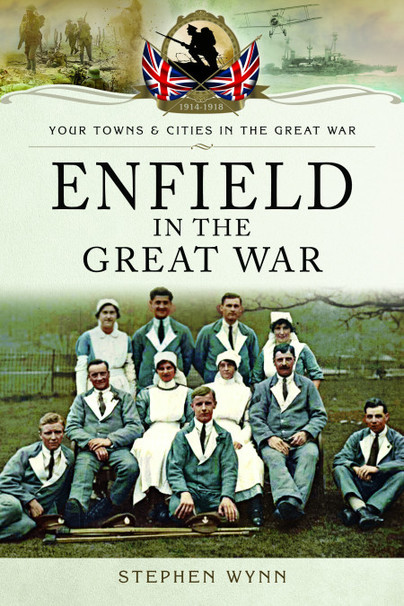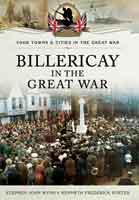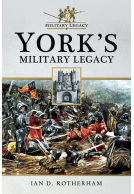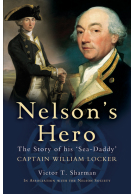Enfield in the Great War (Paperback)
Imprint: Pen & Sword Military
Series: Your Towns & Cities in The Great War
Pages: 168
Illustrations: 25
ISBN: 9781473850750
Published: 19th August 2019
(click here for international delivery rates)
Need a currency converter? Check XE.com for live rates
| Other formats available | Price |
|---|---|
| Enfield in the Great War ePub (20.2 MB) Add to Basket | £6.99 |
The Royal Small Arms Factory in Enfield was famous for producing the Lee Enfield .303 Rifle, the standard issued rifle provided to all infantry soldiers in the British Army during the course of the First World War. Indeed, the factory was so prestigious that King George V visited it in April 1915, and by the end of the war it had produced more than 2 million rifles, with some 6000 per week being produced at its peak. All of this achieved by a workforce of more than 9000.
On Saturday, 7 July 1917 an air raid took place over Enfield that involved a large number of German Gotha aircraft. They were met by local anti-aircraft batteries, who did their best to thwart the Germans' attack. Sadly, the raid resulted in the death of local resident, Edith Halse, the sister-in-law of Lieutenant-Colonel Halse, who was stood in the front garden of her home, watching the German aircraft over head. She was actually killed by falling shrapnel from British anti-aircraft gun fire and became the only resident of Enfield to be killed in the town throughout the course of the war. A young boy who had been standing nearby was also stuck by some of the falling shrapnel, and had his wounds treated in hospital. The day after the incident, members of the Government Workers' Union, held a meeting in Enfield to complain about the lack of a warning about the air raid. In total contrast, July 1917 also saw a baker appear at Enfield Magistrates Court, charged under the Bread Order for selling loaves of bread that were over the permitted weight. For his heinous war time offence he was fined the princely sum of ten shillings.
Enfield certainly played its part in the nation's war effort, with the guns that were produced in the town helping to play a big part in winning the war. A claim that could not be made by any other town in the country.
As featured by
The Great War magazine, January 2020
Essential reading for anyone wanting to know about the various towns and cities, how they coped during the Great War and how they were involved in terms of war effort etc. It seems that Enfield played a major part, because of the small arms factory in the town which coincidentally made it a prime target for the new German air raids. Amazingly, only one person living in Enfield was killed during the conflict. This series goes from strength to strength and Stephen Wynn, who I believe has penned several in the series, has chosen a worthy subject in Enfield.
Books Monthly
"For information about the ages, addresses
Family and Community Historical Research Society
and birthplaces of many individuals this book should prove helpful."
Wynn compiles a book that sheds an interesting light on a famous English city, known because it makes one of the most famous and enduring rifles in history. It is thanks to these books that the memory of that terrible war will survive even in the new generations.
Old Barbed Wire Blog
Read the full Italian review here
The author, a retired policeman, has produced another book in the fine ‘Your Towns & Cities In The Great War’ series that has become rightly a very popular series. This is volume covers the life and times for Enfield, a town with a very special contribution to the British war effort – Highly Recommended.
Firetrench
Read the full review here
About Stephen Wynn
Stephen is a retired police officer having served with Essex Police as a constable for thirty years between 1983 and 2013. He is married to Tanya and has two sons, Luke and Ross, and a daughter, Aimee. Both Stephen’s grandfathers served in and survived the First World War, one with the Royal Irish Rifles, the other in the Mercantile Marine, whilst his father was a member of the Royal Army Ordnance Corps during the Second World War.
When not writing Stephen can be found walking his dogs with his wife, Tanya, at some unearthly time of the morning when most normal people are still fast asleep.



























